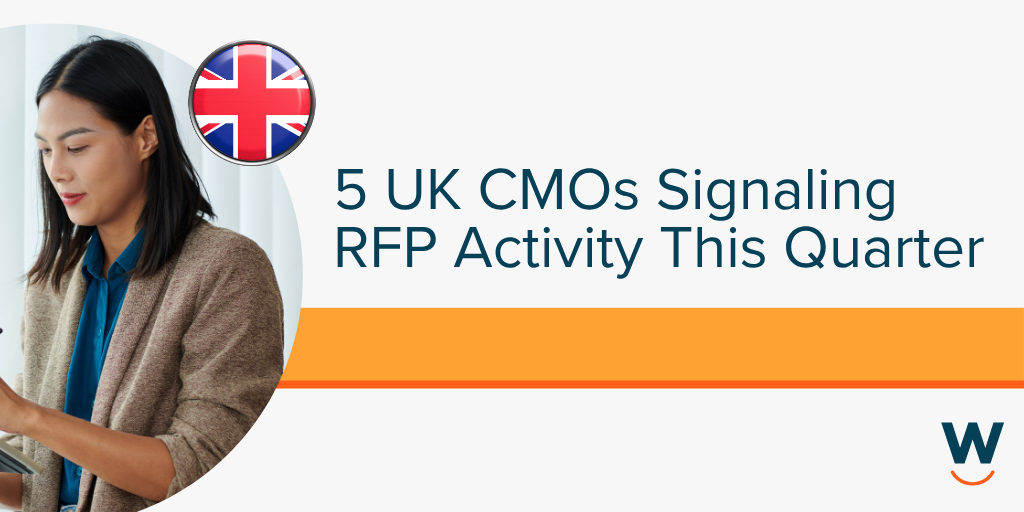
The Secret to Prospecting? Making It More Efficient
Let’s be honest: prospecting isn’t anyone’s favorite use of time. You leave endless voicemails, you shoot so many emails you’ve stopped even reading what you write, and most of your time is accounted for with updating your CRM that you’ve made a contact attempt.
Developing prospecting skills that work in the real world isn’t for everyone – one of the great myths about sales prospecting is that anyone can do it, anyone can be good at it, and there’s a ton of money to be made doing it. Excelling in any sales environment means focusing on where you can get your wins [Tweet this!], so let’s look at some prospecting tips you can actually use.
You get paid for results, not activity
Prospecting success is tricky to achieve, and often disheartening along the way. But without prospecting, you’ll never get to the sale. Unlike other work where there’s an incremental output – progress to be seen as the work goes from scoped to delivered – sales is binary. The opportunity is either closed or not, and there’s nothing in between, no matter how much work you put in. Sales that look set to close can come undone at the very end, and opportunities you thought long lost can reappear and close in a hurry, seemingly out of nowhere. It’s either closed-won, or it’s nothing.
Since you get paid for the results of your prospecting strategies, not the prospecting activity itself, the goal should be to generate more sales from the same prospecting time. To make your time more efficient. But how?
Focus on the prospects you can convert
Not every prospect needs the same amount of attention. This is where segmenting or lead scoring your opportunities can help. Some prospects are just looking ahead to a future budget period, some are weighing up possible solutions and others are trying to figure out what problem they’re trying to solve.
The prospects that are the least interested and least likely to close soon need to be able to reach you when they call or email, but they probably don’t need you to call them. Instead, create a library of content for your prospects to read or watch as they progress toward a buying decision.
Once you identify the opportunities that have bubbled up to the top, spend your time calling them and work closely to make sure their questions are answered. Put your effort into closing these ready and willing prospects.
Use a CRM to identify your warmest prospects
Your customer relationship management software can be your best friend. If you’re only going to actively work the opportunities most likely to close, you need a way to identify those. Your CRM should be able to tell you which content pieces a prospect has engaged with, and if they’re engaging with a lot of your content there’s a good chance they’re interested in what you’re selling.
Applying a score for each content piece your prospects interact with – from blog posts to ebooks, videos and infographics – you can rate your prospects’ intent to buy and spend your time working with those who demonstrate the clearest intention to become customers.
Use nurture emails to warm up your prospects
You might be wondering what prospecting technique will keep you in their minds so they call you when they’re ready to buy, without you having to call them every other day. If you’re not using email marketing and marketing automation tools to nurture your prospects, you’re doing work you don’t need to be doing.
A nurture campaign will send content to your prospects based on time since a specific event, or triggered by a specific event. It’s a simple way to get content your prospects are going to find useful into their hands. The more useful content you can give them, the more they’re going to look forward to the next email, and the more likely they’re going to feel like you understand what problems they’re trying to solve and that you can help them.
Find the decision makers
Not every contact you reach out to is involved in purchase decisions. If you’re not talking to someone who is, or who at least will be reporting directly to, the buying authority, you’re likely wasting your time. I know this is harsh, but you could waste hours talking with people who aren’t able to move the sale along, and that almost always leads to the opportunity dying – but not until you’ve invested time and effort in it.
Respect your own time by making sure you’re talking to someone who can write the check. If you want to find the decision maker first time, every time, use a contact database or sales intelligence tool like Winmo (get a free trial to see how it works).
Leave better voicemails
The truth about bell curves is about 16 percent of everything is two deviations below the mean. That means out of every 100 sales people, 16 of them are “below average,” 16 are “above average” and the remaining 68 are “average.” That means there’s a 1-in-6 chance you’re not being as effective as you could be.
To increase the effectiveness of your voicemails it’s important that you know this one shocking statistic (as the ads say): RingLead surveyed sales reps and calculated that the average rep – those in the middle 68 percent, spend 25 hours a month leaving voicemails, and they leave about 1,500 of them every month.
According to SalesHunter, the most effective messages are less than 15 seconds long. That’s about enough time to say about 35 words. “Hi, it’s Duncan from Winmo. Get back to me anytime on 1-234-555-6789,” is 12 of them. Assuming you’re going to open and close in a similar way, what are you going to say with the 20-25 words you have left?
Write a few versions of what you’d want to say, choose the 2-4 you think meet your needs and provide enough information to your prospect, then get on LinkedIn and solicit feedback about which would be most effective. Then use that as your script.
Prospecting isn’t easy, but it doesn’t have to be as difficult as it feels sometimes. Now you’ve have these prospecting secrets revealed to you, it’s time to apply them to the processes you create so you can spend more time working those opportunities you can close.



